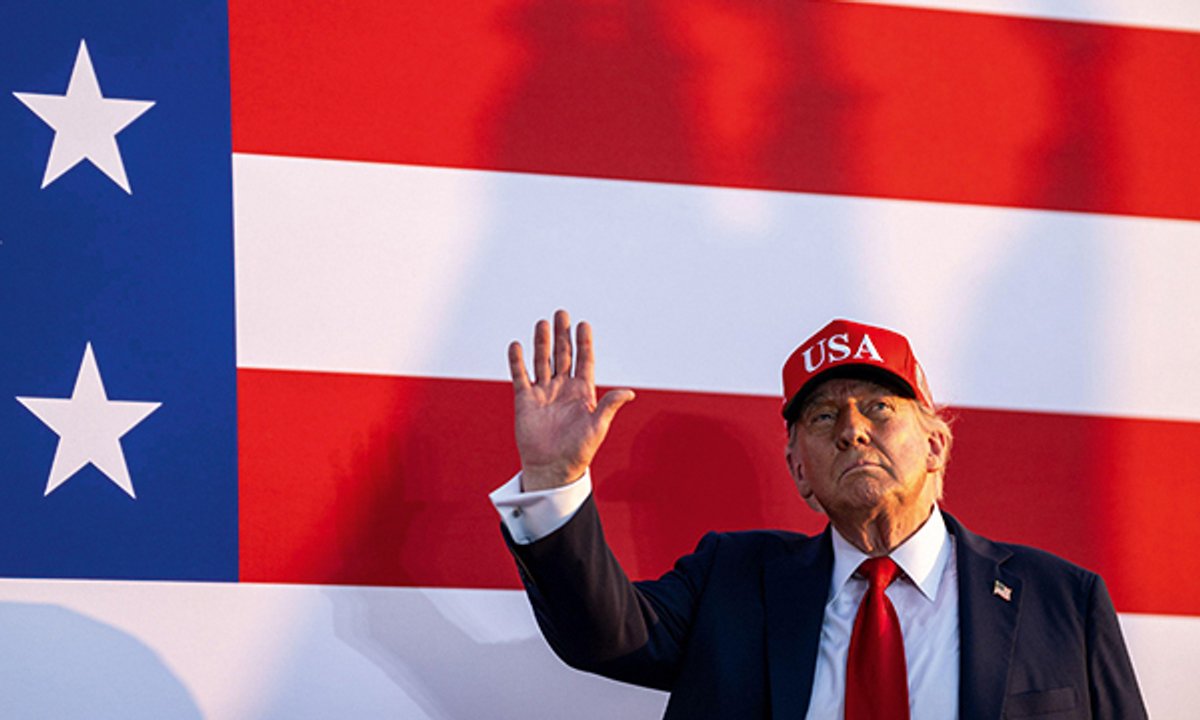
"The administration of President Donald Trump, concerned that foreign workers are taking jobs that could have gone to US citizens, has made the process of obtaining an H-1B visa-sought after to bring in foreign workers for high-level jobs at museums, galleries and auction houses- more cumbersome and costly. As of 21 September, within 90 days of filing H-1B petitions, employers must now notify existing workers about their H-1B applications, either through union representatives or workplace postings, and prove they tried to recruit American workers first."
"The US awards H-1B visas to people who have highly specialised skills, and the majority are for those working in tech industries (73% of the almost 85,000 people granted H-1B visas in 2023 came from India), according to a report published by the Pew Research Center. The arts, entertainment and recreation industries account for only 0.2% of H-1B foreign workers. (It was through an H-1B visa that Melania Trump entered the US as a fashion model in 1996.)"
New H-1B regulations require employers, within 90 days of filing petitions, to notify existing workers through unions or workplace postings and to demonstrate prior recruitment of American workers. Employers must pay a $100,000 filing fee for new applicants, up from $780, while renewals for existing foreign workers are exempt. The H-1B program predominantly serves highly specialized tech workers; 73% of nearly 85,000 visas in 2023 went to Indians. Arts and recreation account for only 0.2% of H-1B holders. Museums, galleries and auction houses regularly rely on foreign experts for specialist knowledge, appraisals and sales. Elevated costs may deter institutions from hiring foreign talent and reduce mobility for business-focused staff relocating to the US.
Read at The Art Newspaper - International art news and events
Unable to calculate read time
Collection
[
|
...
]